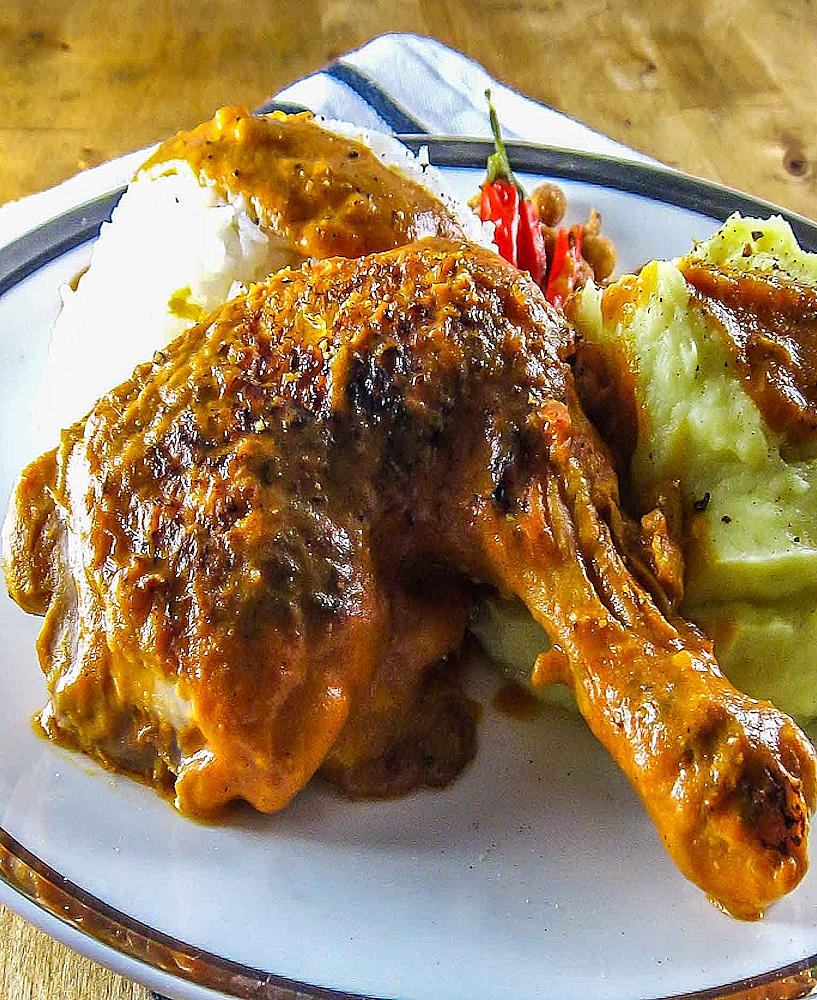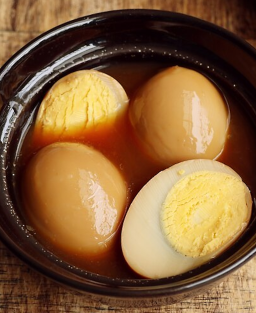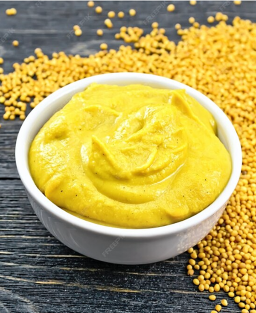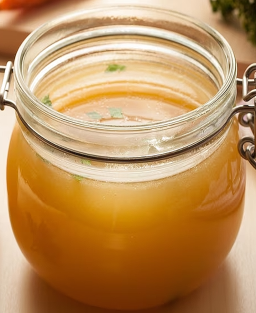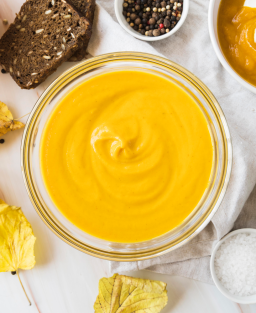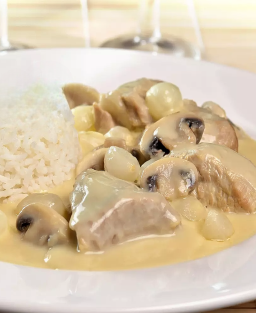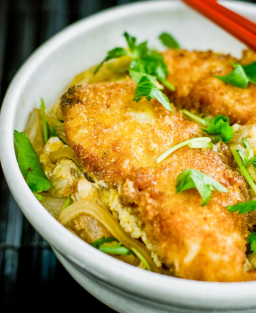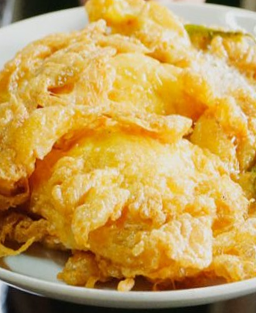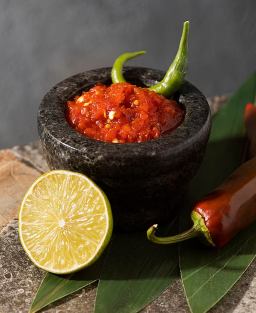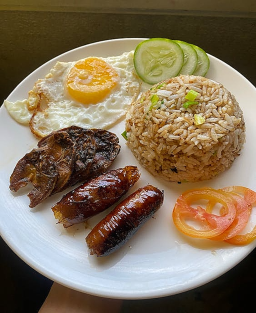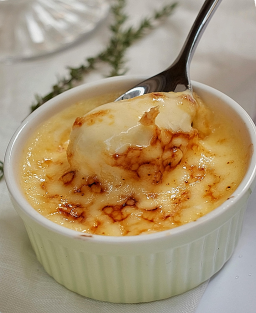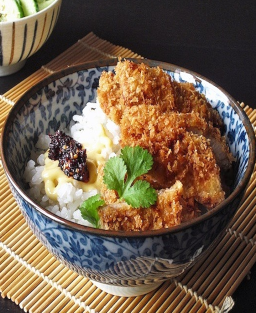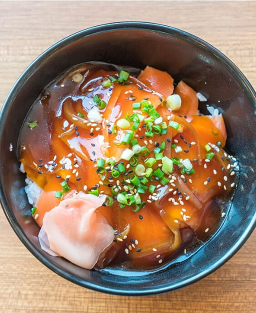- Out-of-Stock
Authentic Recipe: Angolan Specialty Made from Palm Nut Pulp
Authentic Recipe: Angolan Specialty Made from Palm Nut Pulp
Moambé Chicken is an iconic dish of traditional Angolan cuisine. Present in Bantu cultures long before colonization, it is considered one of the oldest and most symbolic dishes of the country. Made from palm nut pulp, this dish reflects the deep flavors of Central Africa, combining simplicity, warmth, and generosity.
Moambé: Palm Nut Sauce or Peanut Sauce?
The term moambé refers to a traditional sauce used in several Central African countries, with its composition varying by region.
-
In Angola, authentic moambé is made from the pulp of the palm nut, extracted from the fruit of the oil palm. This rich and fragrant version forms the base of the traditional moambé chicken recipe. It is generally cooked with red palm oil, garlic, ginger, salt, and sometimes chili.
-
In other countries like the Democratic Republic of Congo, Congo-Brazzaville, or Gabon, variations exist where moambé sauce may be prepared using peanut paste, or a mix of peanut paste and palm sauce. These versions are also old but do not correspond to the strict Angolan tradition.
Thus, Angolan moambé is clearly distinguished by the exclusive use of palm nut pulp.
Traditional Ingredients (for 4 servings)
For the chicken:
-
1 free-range chicken, cut into pieces
-
Salt to taste
-
A little fresh grated ginger
-
1 to 2 small chilies (optional, depending on region, family, and heat tolerance)
For the moambé sauce:
-
2 to 3 cups of palm nut pulp (or traditional palm paste)
-
3 to 4 tablespoons of red palm oil
-
2 to 3 cloves of crushed garlic
-
1 small piece of ginger
-
1 to 2 cups of homemade chicken broth or traditional Angolan homemade broth
Note on traditional broth:
The traditional Angolan homemade broth is simple and ancestral, prepared with water, chicken bones or offal, crushed garlic, grated ginger, salt, whole or crushed chili (optional), and some leaves or stems of local herbs such as lemongrass, wild onion, or other bush herbs depending on the region. It is slowly simmered over low heat to develop flavor.
Bush Herbs Used in Angola
-
Kissonde (Ocimum gratissimum): a local variety of African basil, very fragrant
-
Mabata-bata (Lippia javanica): a slightly lemony aromatic plant
-
Folhas de matope: leaves from a local shrub, used for medicinal and aromatic properties
-
Wild lemongrass (Cymbopogon): fresh and lemony aroma
-
Wild onion: bulbs or stems of uncultivated onions, similar in taste to spring onions
-
Young cassava leaves: added for texture or as greens
Traditional Preparation
-
Preparing the moambé sauce
Fresh palm nut pulp is crushed by hand in a mortar or pestle, then slowly cooked in a clay pot over a wood fire until it becomes a thick, red, and fragrant sauce. -
Preparing the chicken
The chicken is cleaned and marinated with salt, crushed chilies, possibly wild garlic, and freshly grated local ginger. It rests for several hours to absorb the flavors. -
Cooking
The chicken is placed in a clay pot or deep pot, covered with the moambé sauce. It is slowly simmered over a wood fire, sometimes buried in embers for gentle and even cooking. -
Adding vegetables
Midway through cooking, cassava leaves or other local green vegetables are added, cooking in the sauce to absorb its flavors.
Culture and Tradition
Moambé chicken is more than just a dish: it is culinary heritage. It symbolizes the union of earth, fire, and knowledge passed down through generations. Traditionally prepared for major occasions, village celebrations, or family meals, it is shared by hand in a circle in a spirit of community. The richness of moambé comes from slow cooking over wood fire, unprocessed local ingredients, and respect for natural rhythms.
Traditional Accompaniments
Moambé chicken is often served with:
-
Funje: a thick paste made from cassava flour, a neutral base that absorbs the sauce well
-
Miondo: steamed cassava cakes wrapped in banana leaves
-
Local rice: rarely used depending on the region, cassava usually dominates
-
Green vegetables: cassava leaves or other leafy greens steamed or sautéed in palm oil
-
Plantain banana: boiled or grilled over embers
Cultural and Historical Importance
Moambé chicken is a living heritage of Angolan culinary skills, preserving:
-
Ancient wood-fire cooking techniques
-
Use of local products like palm oil and cassava
-
Handmade sauce preparation
This recipe reflects the symbiosis between nature, land, and culture, traditionally shared in families or communities, often eaten by hand with respect for ancestors and natural products.
-
The recipe does not include imported ingredients such as rice, olive oil, industrial chicken, or tomatoes, which appeared later with colonization.
-
Slow wood-fire cooking is essential, giving moambé sauce its depth and unique smoky flavor.
-
Eating is traditionally done by hand, in family sharing, with great respect for natural products and the land.











